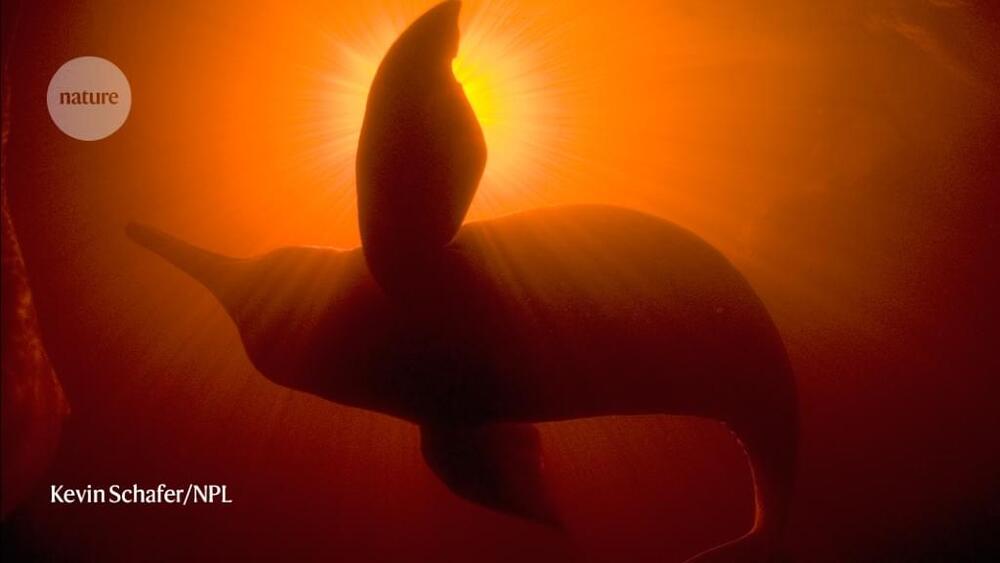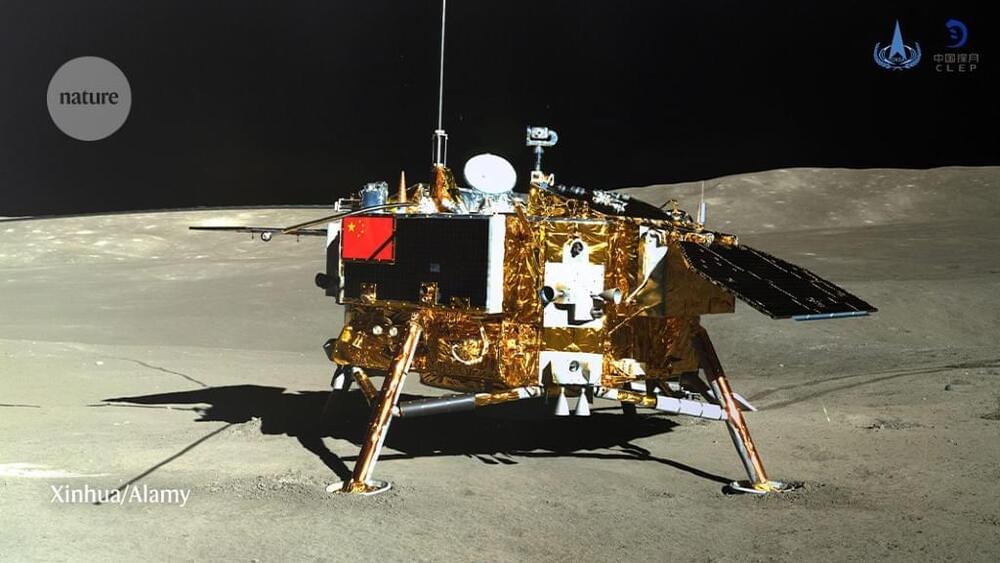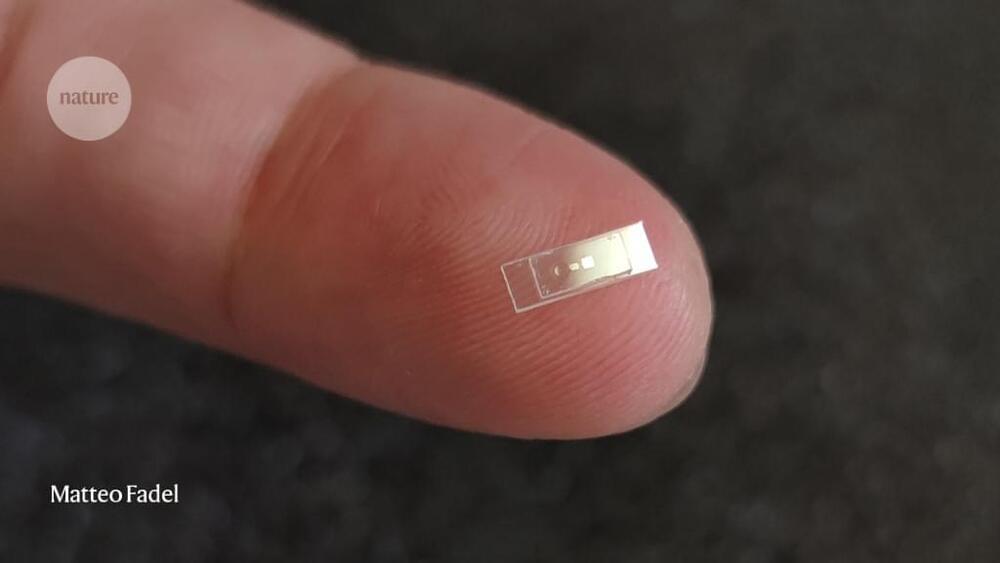Duolingo is a leading educational technology company specializing in app-based learning. It’s also a pioneer in the field of educational artificial intelligence (AI) and recently partnered with OpenAI in order to become one of the first to offer GPT-4, its latest language model, to its customers.
OpenAI’s GPT technology has recently become familiar to millions, thanks to its ChatGPT app, which is said to have built the fastest-growing user base of all time.
Duolingo introduces GPT-4 on its language learning platform with AI used for personalized learning, automated feedback, and English testing. GPT-4 powered features provide a personalized and immersive experience.







